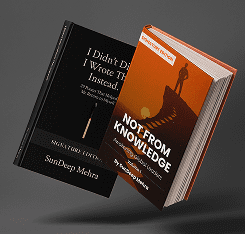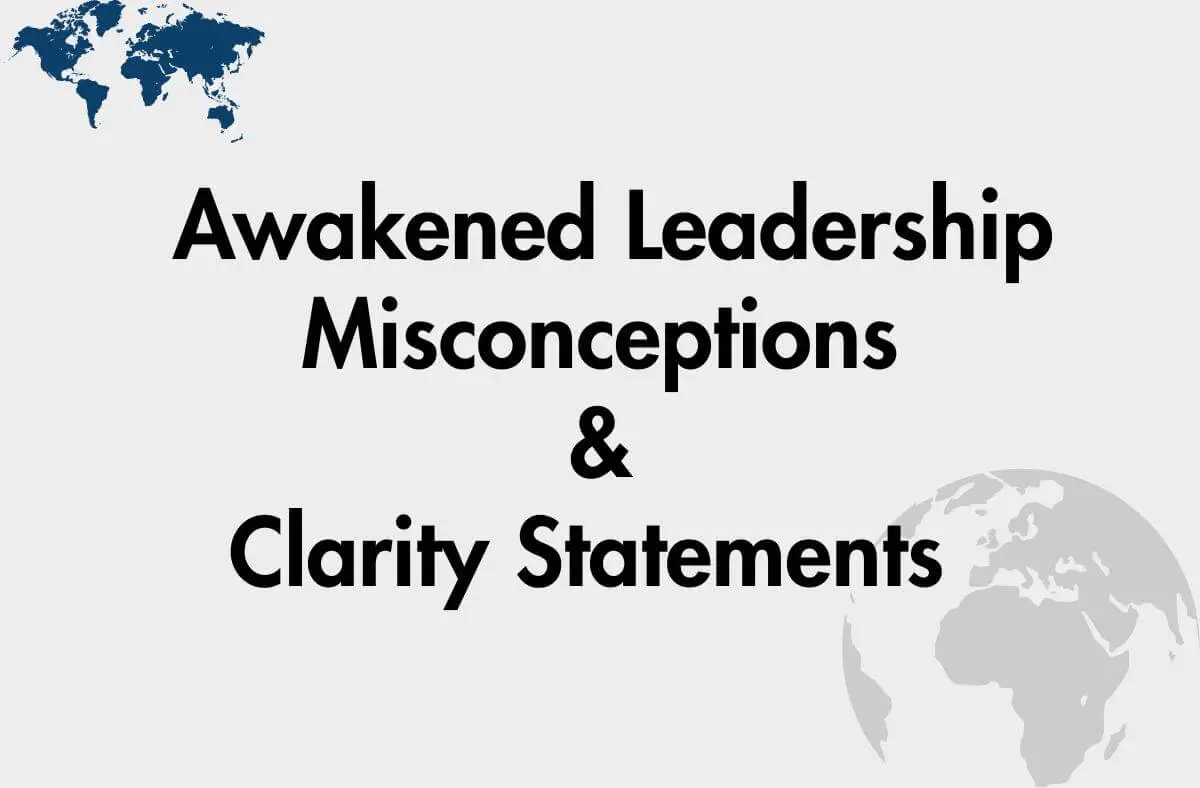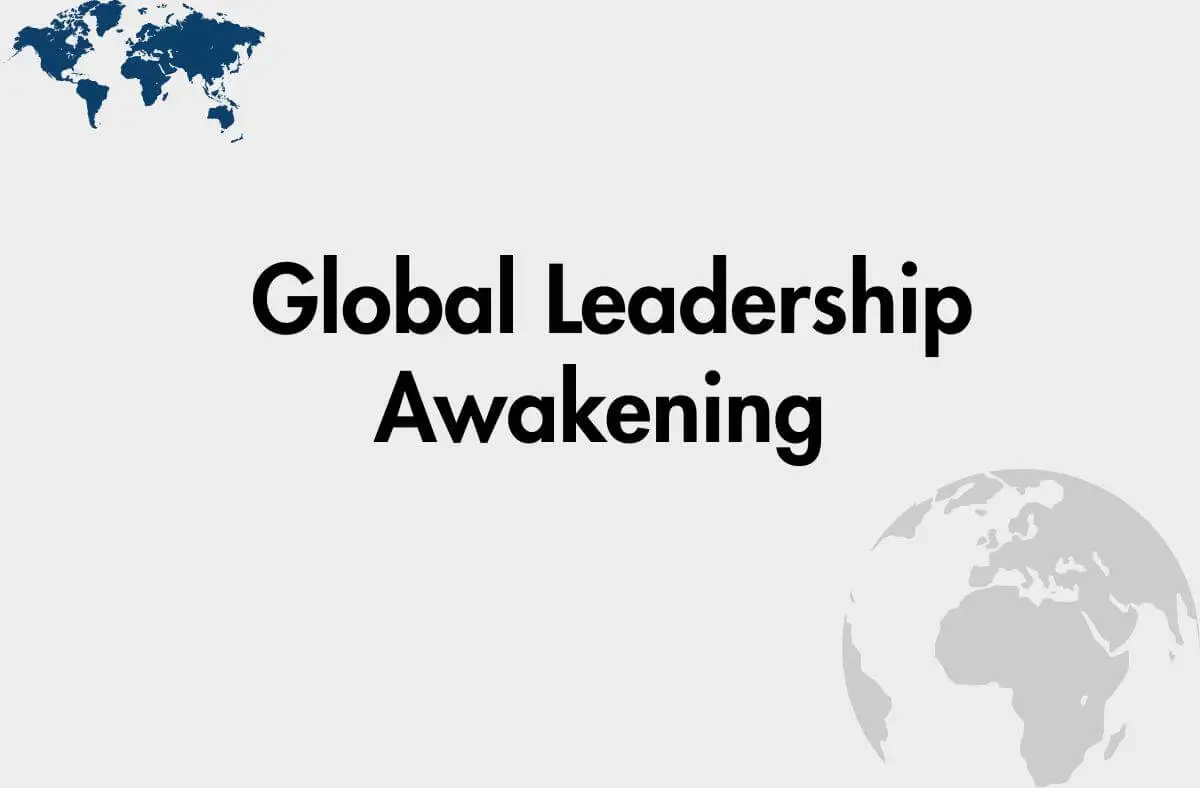
The world’s most respected think tanks often claim to see the big picture. Yet in practice, many operate like a doctor treating heart disease by opening only the heart, ignoring the habits, history, and interconnected failures that led there. A failing heart is rarely the fault of the heart alone. It is the result of an entire ecosystem, diet, stress, environment, daily choices, all converging into crisis. In governance, the same principle holds true.
Leadership and Systems Thinking demands that we address the whole organism, not a single organ. But today, the comfort of narrow focus has replaced the courage to confront interconnected truth. It is safer to publish partial truths about a single domain than to uncover the complex web that links climate to economics, migration to technology, social unrest to governance failures. This safety comes at a cost, the real solutions remain hidden.
If siloed thinking truly worked, our global challenges would be shrinking, not multiplying. Wars would not spiral while economies fracture. Political systems would not crumble while societies lose faith in institutions. Yet here we are, in a time when systems are collapsing, people are watching, and hope is fading into statistics and speeches. The greatest danger is not the crisis itself, but our refusal to treat it as a collective challenge that demands a collective lens.
This is where the future will be decided, whether think tanks remain comfortable in their silos, or rise to the urgency of seeing and solving as one system.
The Silo Problem in Think Tanks
In governance and policy research, a “silo” is more than an organizational structure, it is a mindset. It begins with the intention to solve a specific problem but ends with ignoring the wider web of causes that sustain it. In theory, think tanks are meant to map the whole picture. In practice, they often stay within safe boundaries, avoiding areas that challenge their own existence or question the hands that fund them.
Funding is part of the story, but not the whole. Political pressure narrows the field of inquiry. Limited expertise restricts the range of analysis. Data collection is shaped by what is permissible, not by what is essential. Large-scale, multi-dimensional studies require resources, access, and support that are rarely granted when the findings might expose uncomfortable truths. The result is research that is often half-true, polished on the surface, incomplete at the core.
History offers more than enough proof. The predictions of past decades, economic forecasts, climate models, geopolitical risk assessments, often missed the mark, not because the data was absent, but because the analysis was incomplete. We are still repeating that pattern. Too often, think tanks predict like machines, ignoring the human dimensions that determine whether any projection will hold.
A silo mindset doesn’t just limit the scope of a single project; it blocks governance transformation itself. When leaders see only what they want to see, they reject possibilities they cannot imagine. They avoid realities that demand courage to acknowledge. Without unbiased and uninterrupted inquiry, the roots of systemic issues remain untouched.
The harm of addressing only one dimension of a problem is not theoretical, it is practical, immediate, and severe. Imagine a court where only one witness is heard, and that witness represents just one side. Without the counterbalance of other voices, the verdict is predetermined. Siloed governance works the same way, one version of reality stands unchallenged, and the truth is left outside the room.
What Systems Thinking Means for Leadership in Governance
In governance, systems thinking begins with a refusal to accept appearances as the full truth. It asks not only what is happening but why it appears that way, and it does so without rushing toward a conclusion. The goal is to uncover possibilities, not just validate assumptions. This means looking beyond narrow datasets or convenient narratives to include psychology, perception, cultural history, and human behavior in the analysis.
Leadership and Systems Thinking takes this further. It adds the human dimension, the values, inner alignment, and collective psyche that shape decision-making. Leadership in this context is not limited to organizational command; it is about awakening the human capacity to see beyond measurable impact and into the forces that drive it. When this is embedded into systems thinking, governance solutions become not just functional, but deeply transformative.
Traditional governance models often stop at the most visible or politically safe explanations. Systems thinking refuses that limitation. It asks: What other sectors and forces are influencing this outcome? How does economics connect to climate? How does AI policy shape social cohesion? How does public trust affect security? Through systems thinking, leaders can generate deeper insights, guard against unintended consequences, and coordinate action more effectively.
Examples are everywhere. Education reform, if guided only by budget metrics, misses the cultural and psychological needs of students. Economic policy, if crafted without environmental foresight, sows the seeds of future instability. Global leadership, when detached from human values, becomes a contest of influence rather than a force for coherence. In each case, the absence of systems thinking narrows the vision, and with it, the impact.
Interconnection is not a luxury, it is the lifeblood of justice and clarity in governance. When sectors work together like rivers feeding a shared ocean, no part of society is left untouched by insight or support. This wholeness eliminates the blind spots that allow injustice to thrive and enables decisions that are both credible and trusted.
By integrating systems thinking into leadership, think tanks and governance bodies move away from siloed reflexes toward a model capable of delivering real transformation on the ground. It is not about replacing data; it is about enriching it with human depth so that the numbers speak to the present, prepare for the future, and honor the lessons of the past.
Why Awakened Systemic Leadership is the Future for Think Tanks
The next era of think tanks will not be defined by a Systemic Leadership Approach alone, it will be defined by an Awakened Systemic Leadership Approach. Without awakening, even the most sophisticated systems thinking can be bent by bias, shaped by political pressure, or manipulated by selective data. Awakening is the safeguard. It aligns leadership with truth, clarity, and the greater good, ensuring decisions are not driven by fear or external influence.
When think tanks adopt this awakened approach, decision-making changes at its core. Research priorities no longer bend toward donor comfort or political alignment, they are rooted in grounded analysis, heart-centered alignment, and a clear inner vision of responsibility. This is leadership that embodies the framework of life’s essence, materiality, and human values. It transforms think tanks from detached observers into living models of the governance they advocate.
The need for this shift is visible in almost every governance crisis today. Climate policy fails when environmental urgency is weighed separately from economic stability. AI regulation risks becoming a compliance checklist instead of a safeguard for humanity. Migration debates remain locked in national interest while ignoring root causes in inequality, geopolitics, and climate displacement. Public trust in institutions collapses when reforms are announced without addressing systemic injustice. Even education systems falter when reforms ignore the societal, cultural, and psychological forces shaping learning.
If think tanks do not move toward an awakened systemic leadership model now, they risk irrelevance within a decade. The rise of AI will make their traditional role as data collectors and forecasters redundant, algorithms can already produce predictive models at a fraction of the time and cost. What AI cannot replicate is awakened judgment: the ability to see, connect, and act beyond the surface of information. That will be the true currency of influence.
An awakened systemic leadership approach balances urgency with long-term vision because it works in the present while shaping the future. It recognizes that leaders often already sense what is coming, the data merely confirms it. Awakening makes that sensing actionable. It accelerates present action with clarity, ensuring that the changes initiated today will stand as a legacy of transformation for decades to come.
From Conscious Governance to Awakened Governance
Many institutions today speak of Conscious Governance as the answer to complex challenges. Awareness is important, but awareness alone can be fragile. We can be conscious of a problem, understand its risks, and still respond in ways that are limited, biased, or incomplete. Without awakening, a deep, inner shift in how we see and lead, conscious governance risks becoming another well-intentioned framework that fails under pressure.
Awakened governance begins where conscious governance stops. It is not just about making better decisions with the information we have; it is about transforming the decision-maker. In awakened governance, leadership is rooted in inner vision, heart-centered alignment, the essence of life, and material clarity. These four pillars turn awareness into a living force that shapes every action and outcome. It is this awakening that keeps governance from being swayed by fear, influence, or surface-level logic.
When a think tank moves from conscious governance to awakened governance, the shift is visible. Research stops being a detached exercise in analysis and becomes a reflection of human essence and grounded responsibility. Policy recommendations carry the weight of human potential, not just technical feasibility. Influence expands because the work is no longer about defending a position; it is about holding space for solutions that uplift and unite.
Consider a governance scenario like a trade war or global tariff conflict. Conscious governance might lead a nation or institution to take bold, calculated steps to protect its interests. Those steps may be rational and courageous, yet they may also escalate tensions, create unintended fallout, or erode trust. Awakened governance approaches the same challenge by bringing every stakeholder to the table, sharing not only the risks but also the values that can guide resolution. It sees the outcome not as a victory for one side, but as a restoration of balance across the system.
This is the difference between being aware of the problem and being awakened to its place in the whole. Conscious governance can prevent mistakes; awakened governance can transform the game entirely.
A Framework for Change: Moving from Silos to Systems
Shifting from siloed thinking to awakened systemic governance begins with trust, not in the system, but in the truth that rises from within. Even when it feels unrealistic or impossible, that inner compass is often the only guide toward solutions that have never existed before. The courage to act from that space is the first step toward building a governance model that serves the whole.
The second step is to believe in the potential of humanity itself. No technological advance, political agreement, or economic instrument can match what human potential can achieve when it is respected and prioritized. This means designing governance with people at the center, not as a factor to be managed, but as the irreplaceable force that shapes the future.
Third, commit to awakened systemic governance as a collective endeavor. The transition will not come from policy papers alone, but from genuine relationships, openness to diverse perspectives, and work rooted in simplicity and sincerity. Trust will be essential, not as blind faith, but as a deliberate choice to stand in good intent even when the pressure is high.
Fourth, learn from life beyond statistics. The best governance insights often emerge when we step outside formal frameworks and observe patterns in human behavior, resilience, and creativity. These lived lessons must be woven back into governance design, creating systems that are both practical and deeply human.
To integrate governance beyond bureaucracy, think tanks must commit to truthfulness even when political or diplomatic pressures push against it. This is not a call for rebellion, but for alignment, acting from a place where good faith and courage override fear of consequence.
Governance as systems design means recognizing that governance is not a fixed formula but a living architecture. It requires noticing patterns, studying behaviors, and incorporating insights from science, psychology, philosophy, culture, and lived experience. This creates a governance model that can evolve without losing its integrity.
Progress in this shift should not be measured only in metrics. Numbers matter, but they must be paired with the satisfaction of grounded, real outcomes that align with human essence. By combining data with the soul of governance, inner clarity, vision, and the essence of life, think tanks can calibrate their direction without reducing their purpose to charts and graphs.
The mindset shift must come first. Before structures change, leaders must believe this transformation is possible. It may begin small, but each act of awakened systemic governance becomes a signal, proof that a future beyond silos is already within reach.
Call to Action
It’s time to wake up. It’s time to lead awakened. The challenges facing our world will not wait for our readiness, and neither should we. Every day that think tanks remain in silos is another day where opportunity slips into crisis. The shift to awakened systemic governance is not an abstract ideal, it is the next act of leadership for those willing to shoulder its weight.
Start where you are. Small steps toward integration and awakening are not delays, they are the foundation of transformation. This is not about waiting for a perfect plan or an ideal political moment. It is about choosing to act now, knowing that the courage to move forward will shape the course of our shared future. The leaders who will make the difference are not those chasing headlines or numbers, but those who carry the challenges of our time on their chest, in their heart, and in their soul, and turn them into a revolution of clarity.
There is no single vision offered here because the vision belongs to you. Every think tank, every leader, every human being will define what this awakening looks like in practice. That realization, deeply personal, fiercely collective is what will change the course of governance. Without it, even the most advanced systems will fail. With it, we can solve what once felt unsolvable.
Let’s do amazing things for our planet. Let’s solve every unsolved — together.
















